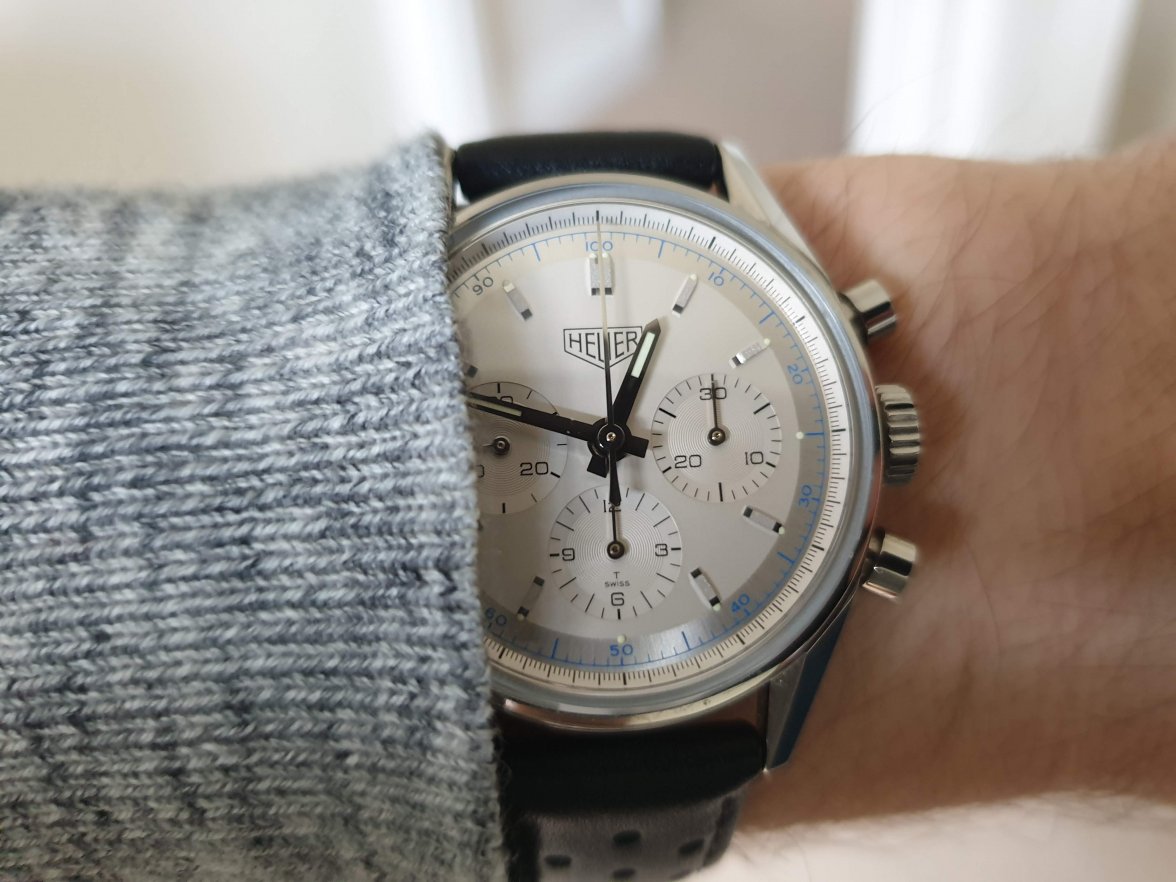Stéphane Bianchi
Head of the LVMH Watch Division and TAG Heuer chief executive
Since taking the reins at LVMH’s watch division and the TAG Heuer brand in late 2018, Stéphane Bianchi had been quiet about his strategy. But the man recruited by Bernard Arnault, LVMH’s chairman, said that in 2020 he would introduce a new TAG Heuer platform based on “passion for action, mental strength, high performance and avant-garde,” backed by new products as well as new retail and marketing strategies.
In a pronounced shift, Mr. Bianchi said TAG Heuer would focus its partnerships on motor sports and individual sports, moving away from many connections arranged by his predecessor, Jean-Claude Biver, who
was often quoted as saying that he wanted to see the brand “everywhere.”
That means that the business will no longer work with top-tier soccer leagues in Germany or Spain and that it will not extend its relationships with the model Cara Delevingne and the graffiti artist Alec Monopoly. “Our brand spirit should be maverick,” Mr. Bianchi said. “We want to prioritize people authentically linked to the brand.”
Mr. Bianchi said that early this year, TAG Heuer would introduce a new website in line with its “strong ambitions around retail and digital.” Those include opening new TAG Heuer boutiques even as the company stops working with some of its third-party retail network (it ended 20 percent of those relationships last year). “We have to rebalance wholesale and resale,” he said.
This year, TAG Heuer marks its 160th anniversary, focusing activities around its most commercially successful product, the Carrera sports chronograph. The brand plans to present one limited-edition piece in Dubai, but hold most of its key launches for Baselworld. “Carrera is a huge part of our turnover, and the new collection will be a huge launch for us,” Mr. Bianchi said.
Mr. Bianchi also said that beginning this year, TAG Heuer will make new timepieces available immediately, following the see-now/buy-now concept that fashion brands have embraced in recent years,
some with mixed results. For TAG Heuer, Mr. Bianchi said, “It doesn’t make sense to show a watch and then not sell it for six months.”
This spring, he said, the brand plans to release a major update of Connected, its luxury smartwatch. Sales of the timepiece,
introduced in late 2015, are generally thought to total 60,000 to 100,000 a year (the company’s sales figures are not published). By contrast, analysts were expecting last year’s sales of the Apple Watch to reach
around 25 million.
TAG Heuer’s pricing at the lower end of the luxury watch market traditionally has made it appealing to younger audiences. But in recent years, such buyers have switched to smartwatches, or have never worn watches at all. “The biggest threat for us would be not to seduce the younger generation,” Mr. Bianchi said.




